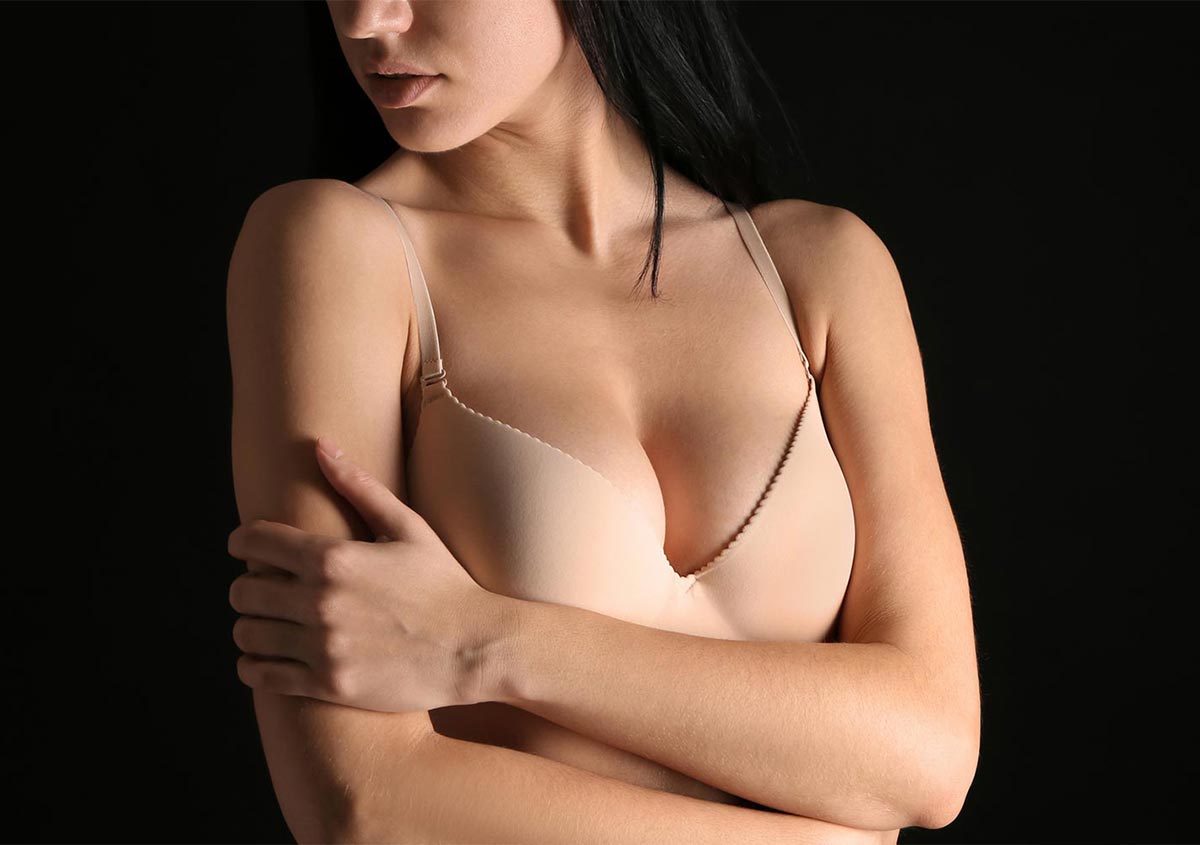
06
Jun
Breast Surgery Glossary

Breast procedures and the scars that result, can be confusing to understand. Here is a brief guide to the terms used to describe the many types of breast surgery and the resultant scars.
Types of Breast Surgery
Reduction
A reduction reduces the size of the breast and also lifts the breasts. It typically includes liposuction to the side of the breast and sometimes to extra breast tissue in the axilla. https://www.drkirwan.com/breast-reduction/
Mastopexy
A mastopexy is a surgery which lifts the breasts without a breast reduction. A mastopexy may result in a peri-areolar, lollipop or anchor shaped scar (see below). https://www.drkirwan.com/breast-lift/
Breast Auto Augmentation or BAA
A BAA lifts the breasts and uses existing breast tissue in the lower part of the breast to fill the upper pole, without using a breast implant. https://www.drkirwan.com/breast-auto-augmentation/
Simultaneous Salvage Auto-Augmentation or SSAA
A SSAA lifts the breasts and uses existing breast tissue to create upper pole fullness at the same time as removing existing implants. This surgery may also be combined with a capsulectomy. https://www.drkirwan.com/breast-implant-alternatives/
Augmentation
Augmentation enlarges the breasts using an implant. This surgery may sometimes be done at the same time as a mastopexy (lift). The surgery may also be combined with a capsulectomy if there is an existing implant. https://www.drkirwan.com/breast-augmentation/
Capsulectomy
A capsulectomy removes scar tissue that has formed around an old implant. This is not required in every case. Capsulectomies are combined with implant removal or explantation, SSAA and breast implant exchange/augmentation.
Implant Removal (Explantation)
Explantation is the term used when removing existing implants, with or without replacement. This surgery may be paired with SSAA when the implant is removed without replacement. https://www.drkirwan.com/breast-implant-alternatives/
Implant Exchange
Removal of existing implant with new implant replacement (Augmentation). May require a capsulectomy.
Scars
Anchor Shape Scar
An anchor scar is a scar around the areola with a vertical line down from the 6 o’clock position of the areola to the fold at the bottom of the breast which is combined with a curvilinear scar along the fold at the bottom of the breast (infra-mammary fold). This type of scar is used for breast reduction and mastopexy (breast lift) surgeries.
Lollipop Shape Scar
A Lollipop scar is similar to an anchor scar but without the curvilinear portion along the infra-mammary fold. There is a scar around the areola with a vertical line extending down from the 6 o’clock position of the areola to the fold at the bottom of the breast (infra-mammary fold). This type of scar is used for breast reduction and mastopexy (breast lift) and BAA.
Scar Around Lower Half of Areola
Used with breast augmentation.
Scar Around Entire Circumference of Areola (Peri-areolar scar)
Peri-areolar (PA) scars are part of all breast lifts and breast reduction surgeries. A PA scar may also be combined with a breast implant augmentation, combined with a mastopexy (breast lift). This is also known as a simultaneous Areolar Mastopexy / Breast Augmentation or SAMBA. https://www.drkirwan.com/samba-procedure/
Breast Implants
Submuscular
The implant is placed against the chest wall and behind the pectoralis major muscle which covers the upper half of the implant. The lower part of the implant rests against the chest wall and behind the breast gland.
Subglandular
The implant is placed under the breast tissue and in front of the pectoralis major muscle.
